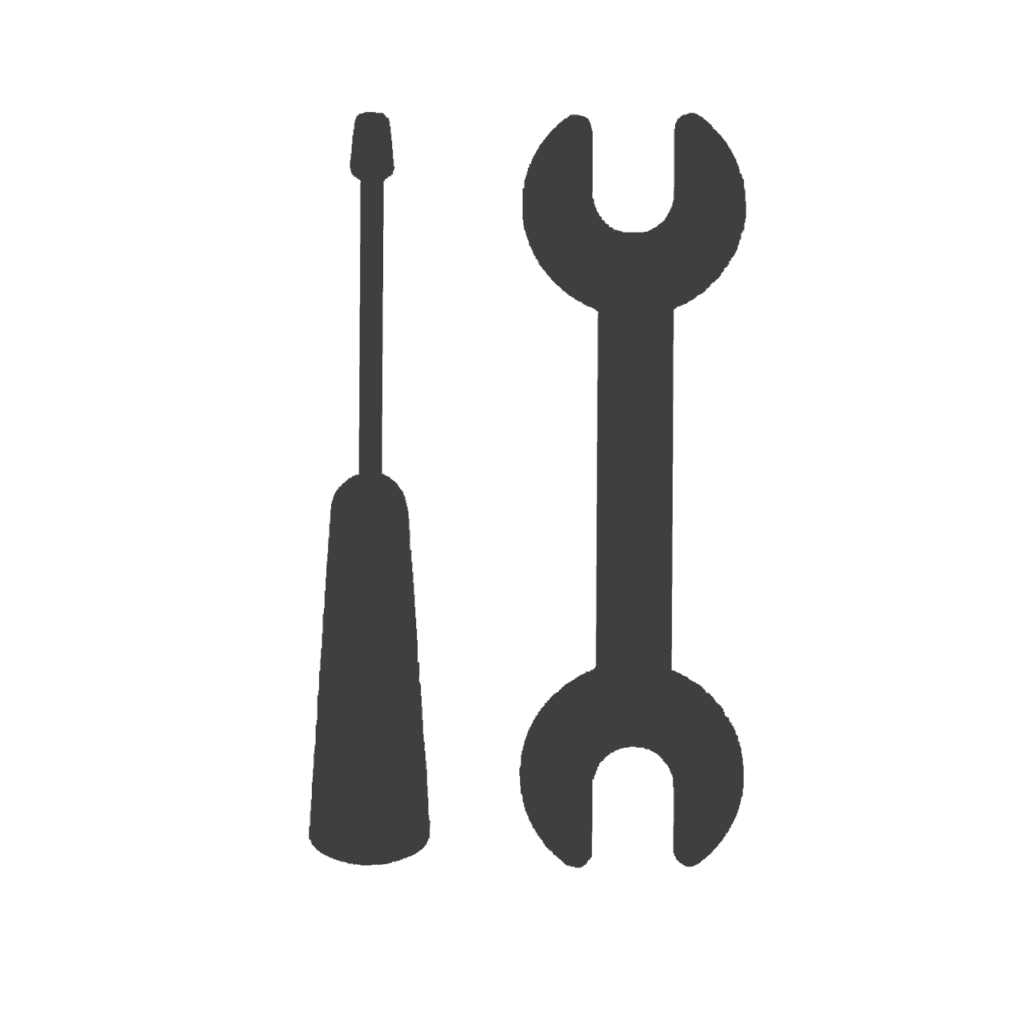In order to ensure your safety and preparedness during natural disasters, it is crucial to equip yourself with the necessary tools and equipment. From flashlights and batteries to emergency radios and first aid kits, having these essential items readily available can potentially make all the difference. By being adequately equipped, you can minimize the impact of a natural disaster and effectively respond to any emergencies that may arise. In this article, we will explore the must-have tools and equipment for natural disaster preparedness, empowering you to face any adversity with confidence and resilience.
Table of Contents
Must-Have Tools and Equipment for Natural Disaster Preparedness
Emergency Communication
When a natural disaster strikes, communication becomes crucial. In such situations, traditional communication channels like phone lines and internet may become unavailable. This is where having reliable emergency communication tools comes into play. Two-way radios, also known as walkie-talkies, are an essential tool that allows you to communicate with others over short distances. These radios are simple to use and provide instant communication, making them ideal for coordinating with family members or emergency responders.
Another useful tool to consider is a satellite phone, which can provide communication even in remote areas or when traditional networks are down. Satellite phones use orbiting satellites to establish a connection, ensuring that you can reach out for help when needed. Lastly, an emergency whistle is a lightweight and easily accessible tool that can be used to signal for help in case you become lost or trapped. It is recommended to carry a whistle at all times in your emergency kit.
Water Supply and Purification
Access to clean drinking water is essential during an emergency, as traditional water sources may become contaminated. Preparing for this scenario involves both storing water for immediate use and having the means to purify water for long-term needs. Water storage containers are designed specifically for storing water, ensuring its safety and usability.
These containers come in various sizes and materials, and it is recommended to have at least a three-day supply of water per person. In addition to storing water, having a water filtration system is crucial for purifying water from natural sources such as streams or lakes. A water filtration system removes impurities, bacteria, and viruses, providing you with safe drinking water. Water purification tablets are also a convenient backup option for purifying water when other methods are not available. These tablets contain chemicals that kill harmful microorganisms, making the water safe to drink.

Food Stockpile
During a natural disaster, access to grocery stores and restaurants may be limited or completely cut off. It is essential to have a well-stocked food supply to sustain yourself and your family during these challenging times. Canned foods are an excellent option as they have a long shelf life and can be easily consumed without the need for cooking. Choose a variety of canned foods that provide essential nutrients and meet the dietary needs of your family members.
Dried foods, such as rice, beans, and pasta, are also great additions to your food stockpile. These foods have a long shelf life and can be rehydrated with water when needed. Energy bars or protein bars are compact and nutrient-dense options that provide a quick source of energy. They are lightweight and ideal for emergency situations where you may need to evacuate or be on the move.
First Aid Kit
A well-equipped first aid kit is a vital component of any emergency preparedness plan. In the event of an injury during a natural disaster, immediate medical attention may not be readily available. Having essential medical supplies on hand can make a significant difference in treating injuries and minimizing complications. Bandages and dressings, such as adhesive bandages, gauze pads, and elastic wraps, are essential for protecting and covering wounds.
Antiseptic solutions, such as hydrogen peroxide or alcohol wipes, are crucial for cleaning wounds and preventing infection. Pain relief medications, such as acetaminophen or ibuprofen, can help alleviate pain and reduce discomfort. It is important to periodically check and replenish your first aid kit to ensure that all supplies are up to date and in good condition.

Basic Tools
Having a set of basic tools can be extremely useful during a natural disaster. A multi-tool combines several functionalities into one compact device and is ideal for various emergency situations. It typically includes tools such as pliers, knives, screwdrivers, and can openers, making it a versatile tool for different needs. A flashlight is an essential tool for providing illumination during power outages or when navigating through dark areas. It is recommended to have multiple flashlights and spare batteries to ensure continuous functionality. Additionally, keeping a stock of batteries of different sizes can ensure that your electronic devices and tools remain operational when needed.
Emergency Shelter
In the aftermath of a natural disaster, finding suitable shelter can be challenging. It is important to have the necessary tools and equipment to create a temporary shelter for protection and comfort. Tents provide a portable and relatively comfortable option for emergency shelter. Look for tents that are durable, waterproof, and easy to set up.
Sleeping bags are essential for providing warmth and insulation while sleeping outdoors or in a temporary shelter. Choose sleeping bags that are lightweight, compact, and suitable for the expected climate conditions. Emergency blankets, also known as space blankets or thermal blankets, are lightweight and highly reflective, helping to retain body heat. These blankets are compact and should be included in your emergency kit for added warmth and protection.

Emergency Lighting
Having a reliable source of lighting during a natural disaster is crucial for safety, comfort, and navigation. Headlamps are a hands-free lighting solution that allows you to have both your hands available for other tasks. They provide a direct beam of light and are adjustable, making them ideal for tasks that require focused lighting. Glow sticks are a popular choice for emergency lighting due to their long shelf life and simplicity.
They are lightweight, inexpensive, and can provide continuous lighting for several hours. Solar-powered lanterns are a sustainable and eco-friendly lighting solution. They harness energy from the sun during the day and provide bright light during the night. These lanterns are rechargeable and can be easily carried or hung to illuminate larger areas.
Personal Protective Equipment
In emergency situations, personal protective equipment (PPE) plays a crucial role in keeping you safe from potential hazards. N95 masks are designed to filter out a high percentage of airborne particles, including viruses and bacteria. These masks are essential for protecting your respiratory system during situations where air quality may be compromised.
Goggles provide eye protection and prevent debris, dust, or chemicals from entering your eyes. They are especially important in scenarios where there may be flying debris or potential exposure to hazardous materials. Gloves are an essential item to protect your hands from potential injuries, cuts, or contamination. Choose gloves that are durable and provide a good grip to enable you to safely handle objects or provide first aid.

Emergency Power Source
During a natural disaster, power outages are common, and having an alternative power source is crucial. A portable generator is a convenient option that can provide temporary power for essential devices and appliances. It is important to select a generator with sufficient wattage to meet your power needs. Solar power chargers are an eco-friendly and renewable energy source that can charge your electronic devices using sunlight. These chargers typically use built-in solar panels to convert solar energy into electricity. Power banks are portable battery packs that can store electrical energy and charge your electronic devices on the go. They are compact, lightweight, and serve as a backup power source when traditional outlets are not available.
Personal Documents and Cash
In the event of a natural disaster, having easy access to important personal documents and cash is essential. Copies of IDs and important documents, such as passports, driver’s licenses, birth certificates, and insurance policies, should be stored in a waterproof and easily accessible container. It is recommended to keep these copies both physically and digitally.
In case of evacuation or displacement, having emergency cash on hand is necessary as ATMs or credit card machines may not be accessible. It is wise to keep a small amount of cash in different denominations, including coins, as it can be useful for purchasing supplies or services when electronic payment methods are unavailable. Additionally, having a list of important phone numbers and contact information, such as emergency hotlines and insurance providers, can help you navigate through the aftermath of a natural disaster more efficiently.
Investing in the right tools and equipment for natural disaster preparedness is crucial for ensuring your safety, comfort, and resilience during challenging times. By being prepared and having these essential items readily available, you can better navigate through emergencies and protect yourself and your loved ones. Remember to periodically check, update, and maintain your emergency kit to ensure that it is in optimal condition and ready for immediate use. Stay informed about local emergency procedures and resources to maximize your preparedness efforts.

Related site – Build A Kit

